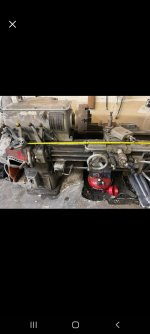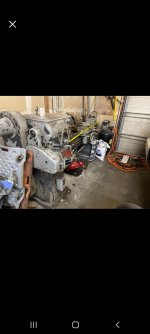ConradBlacksmithing
Plastic
- Joined
- Jul 24, 2022
- Location
- Greenleaf, Idaho
Hey, new to the forum here. I am seeking advice on a possible purchase of this lodge and shipley 12" lathe. I plan on machining cylinders on chainsaws and whatever else I can find work to do with a lathe. What I am debating is the cost associated with getting this machine to my shop and in production. I am a full time blacksmith currently, but I see the possibility of new markets in this machine. The advice I'm seeking is on the viability of an old lathe like this being accurate and dependable enough for modern machining. Will I have to worry about parts breaking or are they such good quality that that is rare? The seller is asking $600 and it coming with a lot of tools and chucks including a 4 jaw. It is in current use in their machine shop and supposedly everything works. It would cost $500 in gas to get it here. It would be my first lathe purchase and I know very little about them. I understand the ways and how they wear and to check everything for play. Lastly, what are the dimensions of this machine? It looks very long in the pictures. Thanks in advance.
Attachments
-
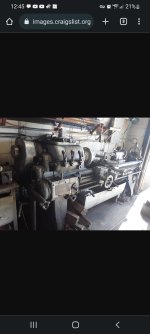 Screenshot_20220724-124507_Chrome.jpg592 KB · Views: 55
Screenshot_20220724-124507_Chrome.jpg592 KB · Views: 55 -
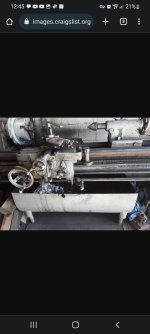 Screenshot_20220724-124514_Chrome.jpg641.2 KB · Views: 55
Screenshot_20220724-124514_Chrome.jpg641.2 KB · Views: 55 -
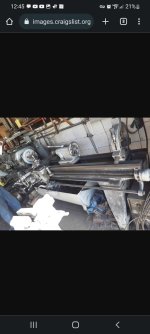 Screenshot_20220724-124521_Chrome.jpg647 KB · Views: 44
Screenshot_20220724-124521_Chrome.jpg647 KB · Views: 44 -
 Screenshot_20220724-124530_Chrome.jpg557.5 KB · Views: 47
Screenshot_20220724-124530_Chrome.jpg557.5 KB · Views: 47 -
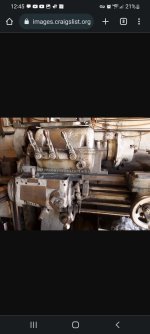 Screenshot_20220724-124540_Chrome.jpg676.7 KB · Views: 44
Screenshot_20220724-124540_Chrome.jpg676.7 KB · Views: 44 -
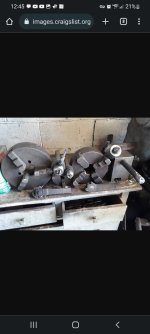 Screenshot_20220724-124548_Chrome.jpg598.8 KB · Views: 40
Screenshot_20220724-124548_Chrome.jpg598.8 KB · Views: 40 -
 Screenshot_20220724-124556_Chrome.jpg570 KB · Views: 53
Screenshot_20220724-124556_Chrome.jpg570 KB · Views: 53



